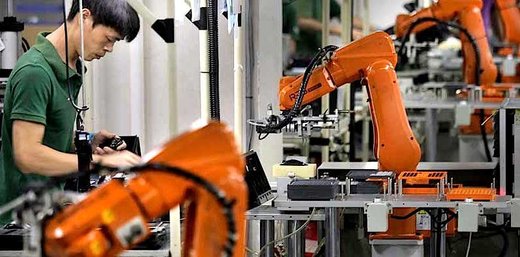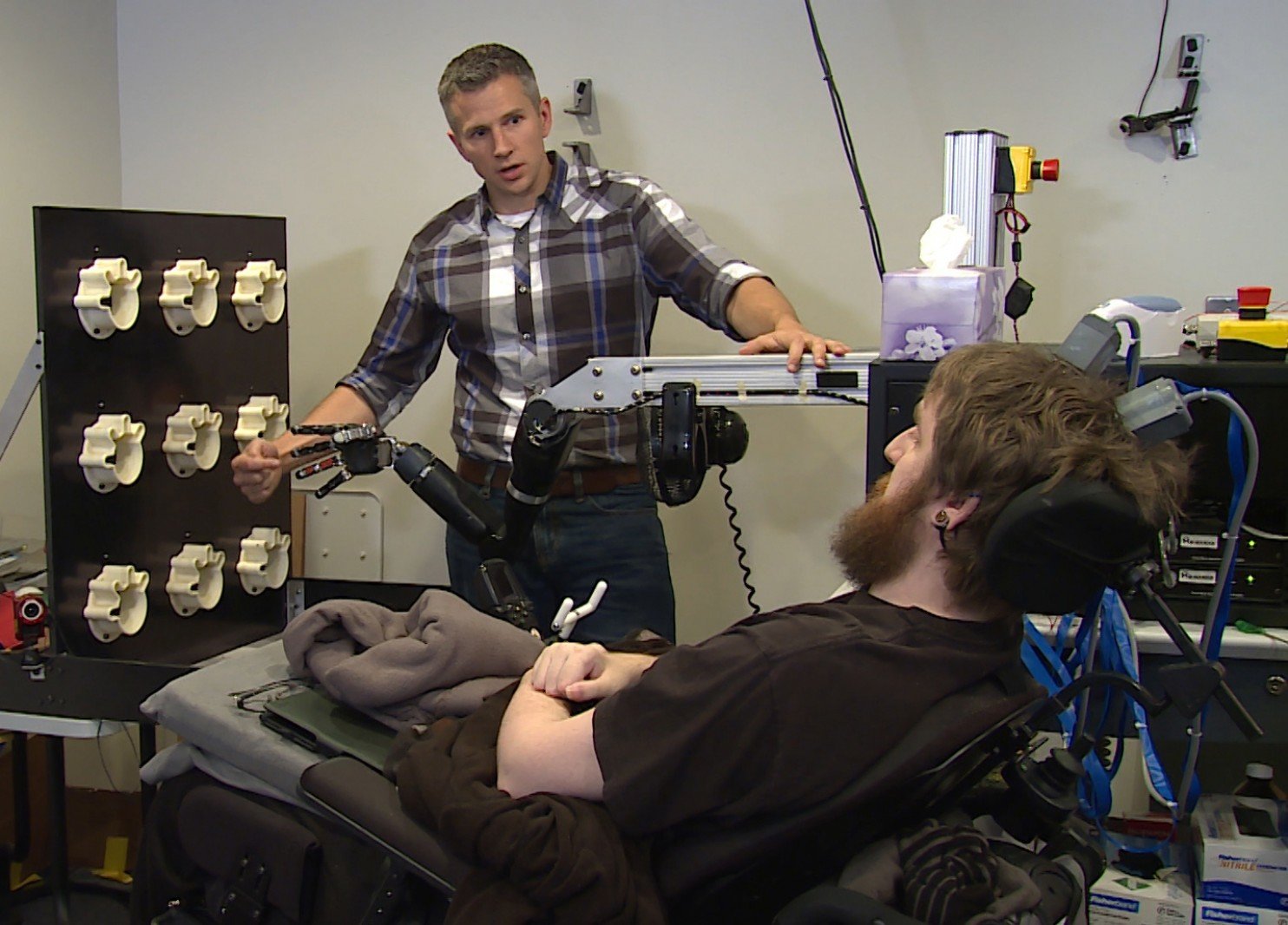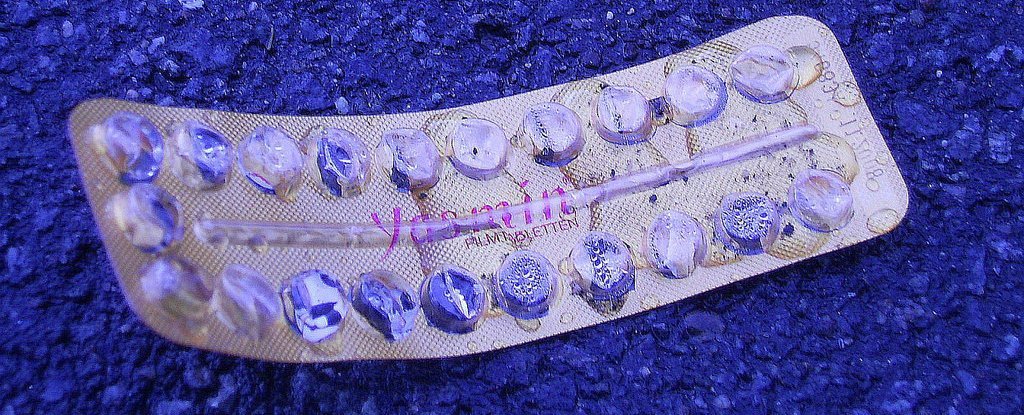
© ODNI
In an
unprecedented move, U.S. intelligence agencies are teaming up with the nation's most prestigious scientific body in a bid to make better use of findings from the country's leading social and behavioral scientists.
The partnership between the Office of the Director of National Intelligence (ODNI) in Tysons Corner, Virginia, and the National Academies of Sciences, Engineering, and Medicine aims to build bridges between communities that historically have either ignored one another or butted heads. The effort includes
the creation of a permanent Intelligence Community Studies Board at the academies, which will meet for the first time next week, as well as a first-ever study of
how social and behavioral science research might strengthen national security.David Honey, ODNI director of science and technology under Director of National Intelligence James Clapper, says he hopes that
the new partnership will help the intelligence community improve how it collects and analyzes information. He and others are eager for help picking out useful and relevant research, as well as grasping where there is a lack of good science. Understanding "the limitations of our knowledge," says Robert Fein, a national security psychologist in Cambridge, Massachusetts, and a member of the new intelligence board, "
will help to protect us against armies of snake oil salesmen."
One area in dire need of better research is figuring out when people are lying, Fein says. After the start of the wars in Afghanistan and Iraq, he notes, intelligence agencies poured money into research on both mechanical—think polygraphs—and behavioral—think interrogations—methods of detecting deception. But the results were disappointing, recalls Fein, who led a 2006 report on interrogation techniques for the director of national intelligence. "Researchers overpromised," he says, "and there were few useful results after millions of dollars were spent."













Comment: Meanwhile, in Japan, researchers have created the world's first sweating robot: its porous aluminum skeleton retains water which seeps out and evaporates, cooling itself more effectively than air cooling or water circulation, thus allowing it to do more work. Here's the sweaty robot doing pushups to demonstrate:
The time will come when robots steal the bulk of our jobs, at which point an angry Trump might be the least of our worries: Automation, economic collapse, basic income slavery: Our dystopic future?